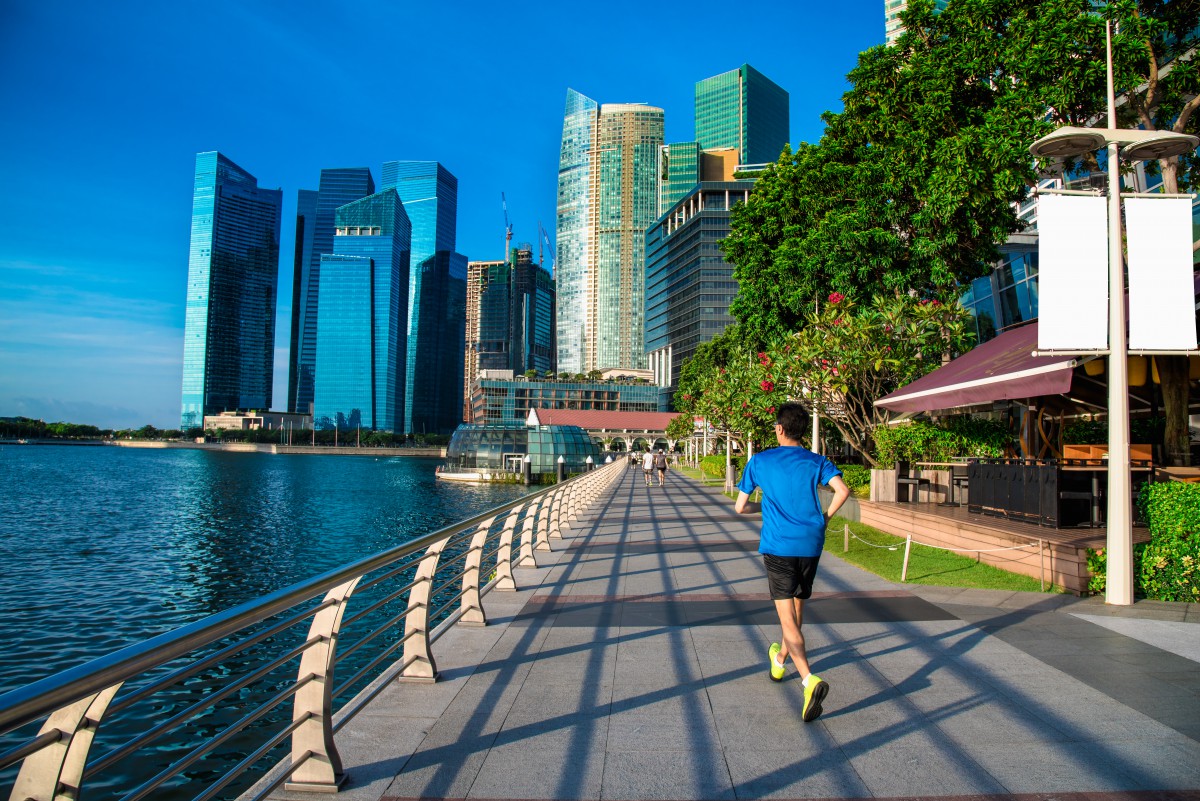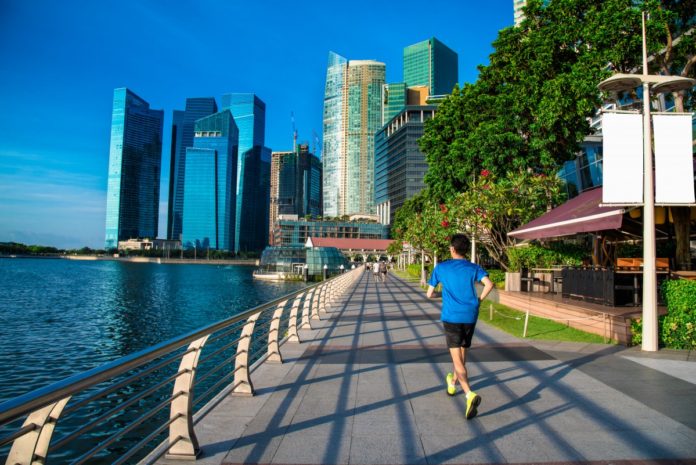WORLD Environment Day has been celebrated every year on 5 June since 1974. Its objectives are to encourage environmental awareness and promote action for environmental protection.
This year in Singapore, 180 leading water professionals from all over the world have been invited by Singapore International Water Week to discuss how industrial demands for water can be reduced.
Worldwide, industry accounts for about 20 percent of total water usage, of which agriculture and domestic sectors use the most – 70 and 10 percent respectively. However, in recent years, global water usage for agriculture has been decreasing while that of industry has been increasing.
For a land and water scarce city-state like Singapore, also with limited agricultural production, industry accounts for the lion’s share of water use. Currently, it’s estimated that, by 2060, total water requirements will almost double current rates. Industry will account for 70 percent of total water use.
SEE ALSO: Crawling to extinction: Singapore turtle haven fights for life
Water imports from Malaysia, which provides around 50 percent of Singapore’s current needs, will come to an end in 2061. While all countries must manage industrial water demands in the future, for Singapore, rethinking water security policy is a matter of urgency.
This World Environment Day, it is appropriate to review how major multinational companies (MNCs) manage water needs for their production processes and the usage of their products.
MNCs like Unilever and Nestlé have successfully made environmental conservation a Board-level issue and have integrated it into their business plans. This involves steadily reducing energy and water consumption, carbon footprints, packaging, and solid waste, amongst many other things. Both now practice the ‘3R’ philosophy of circular economies: reduce, reuse and recycle.
Unilever, under former CEO Paul Polman, pledged to reduce its environmental footprint by half of its 2008 levels by 2020 while also doubling sales. So far, it’s made spectacular progress. By the end of 2018, the company achieved its 2020 water targets by reducing total water abstraction and intensity involved in production processes. This saves 22 billion litres of water per year compared to 2008.

A man jogs along the Marina Bay Sands Park in Singapore. Source: Shutterstock
Using less water also means significant savings in energy and reduced wastewater that needs to be treated. Investments in water efficiency had an average payback time of just over two years.
A visit to Unilever’s factories in Thailand showed us that employees at all levels were committed to environmental conservation. It’s even become part of the company’s annual KPIs.
Nestlé, under the leadership of Peter Brabeck-Letmathe, implemented its new Creating Shared Value (CSV) scheme, aiming to create value not only for its shareholders but also for communities all over the world. Paul Bulcke, former CEO and current Chairman of Nestlé’s Board of Directors, has continued to further decrease the company’s water footprint.
CSV has four specific water goals. Firstly, to continually improve water efficiency and sustainability; secondly, to advocate effective water policies and stewardship; thirdly, to engage with its agricultural suppliers to improve their water management practices; and finally, to raise awareness on water conservation across its entire water chain.
SEE ALSO: Singapore to invest over $6 billion in booming tourism industry
Nestlé made a commitment to reduce direct water withdrawals per tonne of product to achieve a 35 percent reduction between 2010 and 2020. By 2018, it reduced water withdrawals by 29.6 percent. In some product categories like confectionary and powdered liquid beverages, it reduced water requirements by 55 percent during this period.
The company’s most innovative idea is its zero water factories. In 2014, it installed condensate recovery units from milk to replace external water abstraction processes in its new milk plant in Lagos de Moreno. As a result, this plant is saving 1.6 million litres of water per day, about 15 percent of its entire water requirements in Mexico.
The most challenging aspect of such transitions, however, lies in changing public perception and behaviour.

Pipes carrying water from Malaysia to Singapore run alongside the causeway towards the Woodlands Checkpoint in Singapore July 20, 2018. Source: Reuters/Edgar Su
For example, in 2007, Unilever launched its Comfort One Rinse fabric conditioner, promising to reduce water use by two-thirds when doing laundry by hand. If used by all potential users in South Africa and in Asian developing countries, the product could reduce annual water use by over 500 billion litres. Unfortunately, due to public scepticism, users tend to rinse their clothes several times.
Another MNC, Proctor and Gamble, also started a new line of laundry detergents, soaps, and shampoos that require very little water to manufacture this year. These cleaning products come in small fabric-like swatches that dissolve and foam in contact with water.
For them, and many others, the question remains: what must be done to convince consumers that this new generation of cleaners are as effective as existing products? Amidst constant technological advancement, behavioural challenges will require greater attention.
Though major MNCs like Unilever and Nestlé are heading in the right direction, the economy of Singapore consists mostly of small and medium-sized companies, for whom water very rarely accounts for more than 2 percent of production costs. The country must thus find a way to convince these businesses to consistently reduce their water usage.
To keep water demand from doubling by 2060 and to limit it to a 20-25 percent increase from current rates, Singapore must implement aggressive policies to reduce industrial and domestic demands. This will be challenging, but is no doubt doable.
This piece was first published at Policy Forum, Asia and the Pacific’s platform for public policy analysis and opinion.





